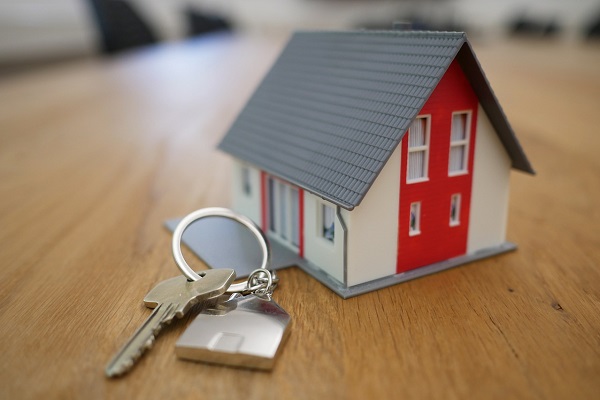7 emerging real estate trends for 2020 and their implications
Examine the latest real estate trends to discover what changes you can expect to see on the property market. This market is regaining trust from investors, making it worthwhile to keep an eye on the latest developments. International real estate trends set the scene for local advancements, giving us insight into what we can expect to see in South Africa. Looking to invest in property? Find houses for sale on GotProperty today.
1. Urban expansion
As people move to the cities to find work, we can expect to see these places growing. While urban development is expected to be slower in South Africa, buying properties located in leading cities is likely to be a good investment. Second-tier cities are also gaining more attention. These areas are positioned outside the capitals and offer more affordable commercial and residential properties.

2. Generational changes
The middle classes are expected to expand significantly, mostly fueled by Millenials and Generation Z. With these generations paying off student loans, it’s expected that there will be an increased demand for smaller, less-expensive homes. The challenging economic climate will also increase the demand for affordable properties.
3. Eco-friendly
With a growing focus on sustainability, there is an increased need for eco-friendly homes. Properties built on eco-friendly principles are gaining in appeal. Houses that include renewable energy technology, as well as waste reduction solutions, are at an advantage.
4. Innovative technologies
Smart home technology has been gaining in popularity for many years. The latest innovations are becoming more common in new buildings and home renovations. Mobile assistant robots require open-plan houses that are designed to allow them to get around on wheels. There is a rising demand for properties with these useful features that make it easier to keep up with a modern lifestyle.
5. Rise in co-living
As economic pressure increases and living in capital cities becomes more expensive, there is an increase in co-living. It’s increasingly common for Millennials to choose to live together in an effort to cut costs. Older people are also opting to share accommodation as living and healthcare costs are on the rise. This is not only true for residential properties as co-working is becoming a trend across the globe. Offices are rented out on a flexible basis with costs shared between different companies and individuals.

6. Increase in data-centric approaches
While properties have been sold online for some years, there will be an increase in the use of data-centric approaches. Big data and machine learning will be implemented to enhance the user experience. As more Millennials are purchasing property, there is an increasing expectation for on-demand experiences.
7. Retirement properties
People from the older generation, who are retiring, will also be downsizing to smaller homes. With people living longer than ever before, there is an increased need for properties in this section of the market. Improved medical care also ensures that older people are healthier and more active at this age, so they’re looking for properties that support their independent lifestyles.

Now that you know the latest real estate trends to look out for, you can invest in property with confidence. Browse through the houses on GotProperty to discover exciting deals.




